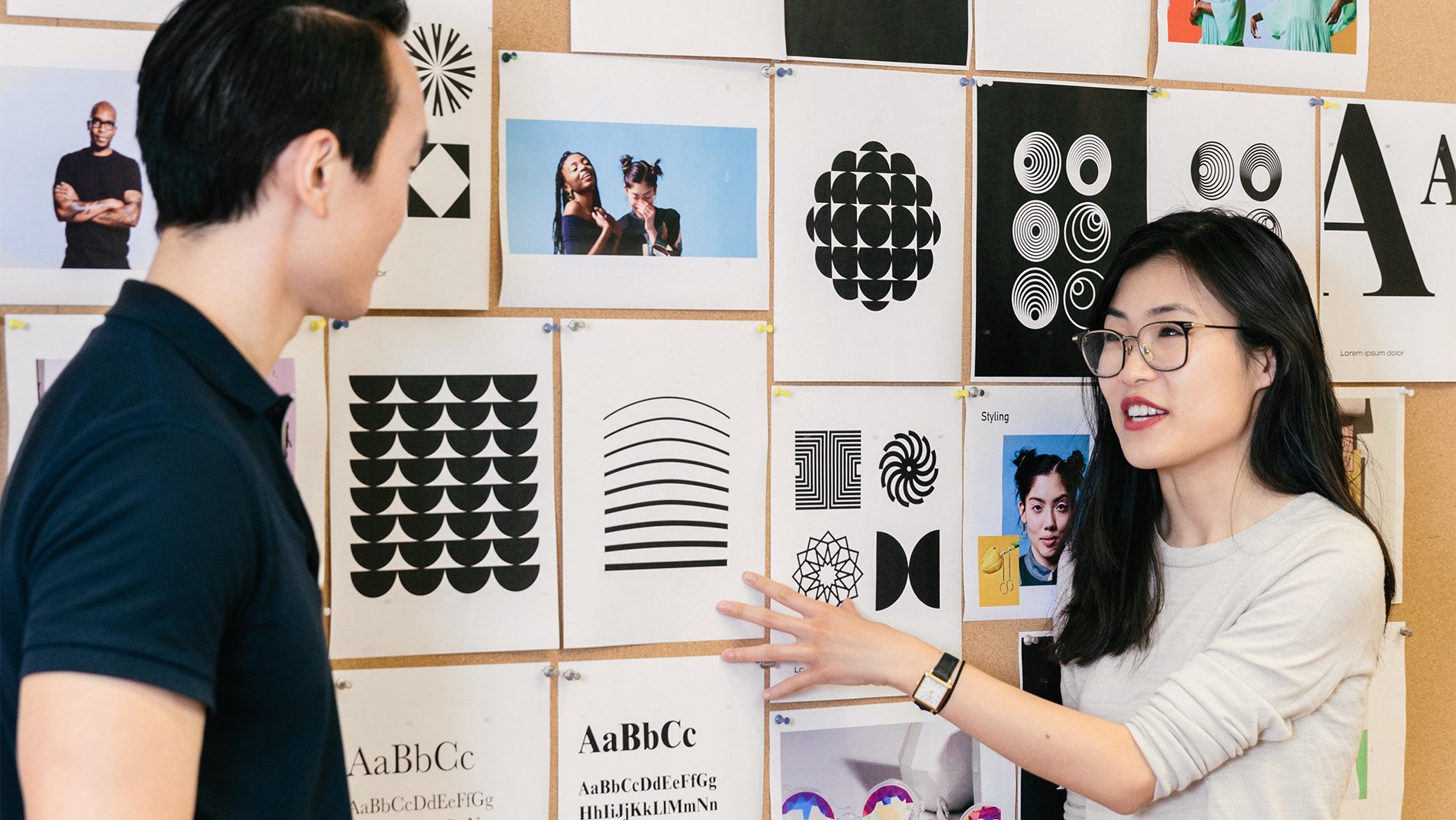6 ways to improve the student experience with technology

According to CIO.com, the student experience is – or should be – the top priority for IT leaders in the education sector. From the outside it sounds simple, ‘make things better for students’, but when you’re enrolling thousands of new students each semester onto your campus and into your infrastructure, how do you ensure each one of them has the best possible experience?
Whether it’s new digital tools, collaborative workspaces or EdTech, focusing on driving positive cultural change will naturally have a knock-on effect on your students’ experience. We’ve outlined – with the help of some IT experts – six core things you should be doing right now to address the cultural needs of your students and faculty and improve the teaching and learning experience at your university.
1. Create immersive, future-ready learning environments
Creating digital learning environments that are immersive will be a differentiator moving forward for the education sector. “A recent trend our team has noticed is that institutions are altering teaching methods and moving away from large lecture halls towards smaller, more intimate groups. Augmented Reality (AR) and Virtual Reality (VR) are fuelling this shift as they make distance learning easier and more engaging,” says Martin Hamilton, Futurist at UK digital solutions provider to education, Jisc. “There is a real appetite to explore this technology in education from tutors and students alike and the role of the IT team is to facilitate, test technology out in pilot schemes and gather feedback to see what works and improves the student experience.”
Jisc is tracking the opportunities and challenges presented by AR, VR and other fourth industrial revolution technologies as part of its Education 4.0 initiative.
2. Prioritise digital transformation projects that add value
The wide-spread adoption of cloud and digital technologies means there are significant opportunities to streamline and automate. The challenge is often in knowing where and how to begin. “There are frequently conflicting priorities and only a finite number of resources,” says Marshall Kurtz, Education Solutions Architect at Dropbox. “Your students and faculty are your main stakeholders so understand the tools that will add value to them, and how they can be used at scale at your university. It’s important to focus on the tools and applications that will add the most value day to day, however small they might seem.”
For more advice on leading transformation in education, download our ebook
Get my copy3. Create an edge that makes your university stand out
“With so much choice available to students, universities have their work cut out to attract a new cohort each year, but technology can be a differentiator here too,” says Laura Kelly, Education Account Executive at Dropbox. “You now need to provide a working environment for students that gives them an edge and separates you from other institutions. Whether that’s bringing in immersive EdTech from MOOC (massive online only courses) to the lecture theatre or giving them best-of-breed tools to collaborate with other students you need to find a way to make the university stand out.”
4. Create a service architecture
“In the past, there was an assumption that IT teams were there to keep the lights on or resolve support queries,” says Martin. “But now, IT teams are so much more than that. They are responsible for driving change and attaining the best possible outcomes from the fourth industrial revolution for their institution. This presents a brilliant opportunity to create a service-based architecture and become a partner in your university’s transformation. We have seen great examples of commoditised off-the-shelf technology making impressive differences in teaching and learning outcomes and improving the student experience.”
5. Empower research teams to build reputation
“Enabling research teams to collaborate globally and share findings externally are significant challenges facing all universities,” says Kathy McCabe, Global Director of Information Services (CIO) at Heriot-Watt University. “But with a university’s reputation hinged on the quality of their research, there is a real need to enable those teams to conduct their work in best-of-breed ecosystems, founded on collaboration. Tech leaders have an obligation to facilitate these research teams and build prestige around the institution.”
6. Delegate ownership to department heads and work closely with your stakeholders
As with any technology or transformation project, the best way to design a solution that works and drives high adoption is to work closely with those you are implementing the service for. “You should be working closely with department heads and middle management to design solutions that work best for the students,” says Laura. “Based on our experience, they are more closely aligned to the students and are therefore in a perfect position to gather input and feedback on new tools and services that will help them get better outcomes. Working in this way dramatically improves the student experience because they take an active part in creating it.”





